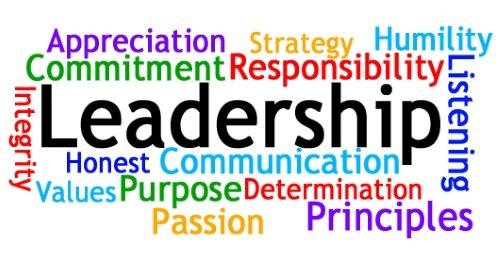One of the most important lessons I’ve learned as a leader—especially in the tech and engineering space—is this:
People don’t do their best work because they have to.
They do their best work because they want to.
That’s the core of what Daniel Pink laid out in Drive: The Surprising Truth About What Motivates Us. He breaks motivation down into three powerful intrinsic forces:
- Autonomy – The ability to choose your own path.
- Mastery – The desire to improve.
- Purpose – The drive to do meaningful work.
All three hit home. But over time, especially working with engineers and highly skilled knowledge workers, I’ve come to believe there’s a critical fourth element we need to include:
Transparency.
🧠 The Science of Motivation: Beyond Money
Let’s be clear: financial incentives are table stakes.
If your team is underpaid or worried about meeting their basic needs, nothing else you do will matter. Pink says it best:
“Pay people enough to take the issue of money off the table.”
But once you cross that threshold, something interesting happens.
In roles that require creativity, decision-making, and higher-order thinking, bigger bonuses don’t improve performance. In fact, they often decrease it.
So if money isn’t the magic motivator, what is?
🔹 Autonomy: Let People Steer Their Own Ship
Modern teams—especially remote-first—expect and deserve a high degree of autonomy.
People want the freedom to decide:
- What they work on
- When they work
- Who they work with
- How they get it done
Micromanagement kills creativity. If you want innovative solutions, give people the space to explore them. Trust is the prerequisite for autonomy—and autonomy is the engine for innovation.
🔹 Mastery: Better Today Than Yesterday
Great people want to get better. Full stop.
They’re not satisfied checking boxes—they want to level up.
That means:
- Space and time for skill-building
- Celebrating progress, not just outcomes
- Stretch assignments (even if they fail sometimes)
Mastery isn’t just a training budget. It’s a culture that treats growth like part of the job description.
🔹 Purpose: Work That Matters
No one dreams of optimizing databases as a kid.
But we do want to build something that matters, solve real problems, and leave a mark.
Purpose means:
- Connecting the “why” of the work to real-world impact
- Showing how individual effort supports the team or mission
- Building something bigger than KPIs and OKRs
Purpose-driven teams care. They show up. And they stick around.
🔹 Transparency: The Glue That Holds It Together
Here’s where I extend Pink’s model:
Transparency is what makes Autonomy, Mastery, and Purpose sustainable.
What does it look like in practice?
- Sharing goals, challenges, and financials
- Talking honestly about mistakes and missteps
- Inviting questions, feedback, and disagreement
It’s not just honesty. It’s clarity. It’s trust.
When your team knows what’s happening behind the curtain, they don’t waste energy on guessing games, anxiety, or assumptions.
Transparency:
- Aligns people faster
- Removes fear
- Encourages bold thinking
The TL;DR
If you want motivated, high-performing teams:
✅ Pay them fairly.
✅ Give them space to lead their own work (Autonomy).
✅ Invest in their growth (Mastery).
✅ Connect their work to real impact (Purpose).
✅ And lead with radical Transparency.
When those four forces come together, motivation doesn’t have to be manufactured.
It becomes the natural result of a healthy, human-centered workplace.




